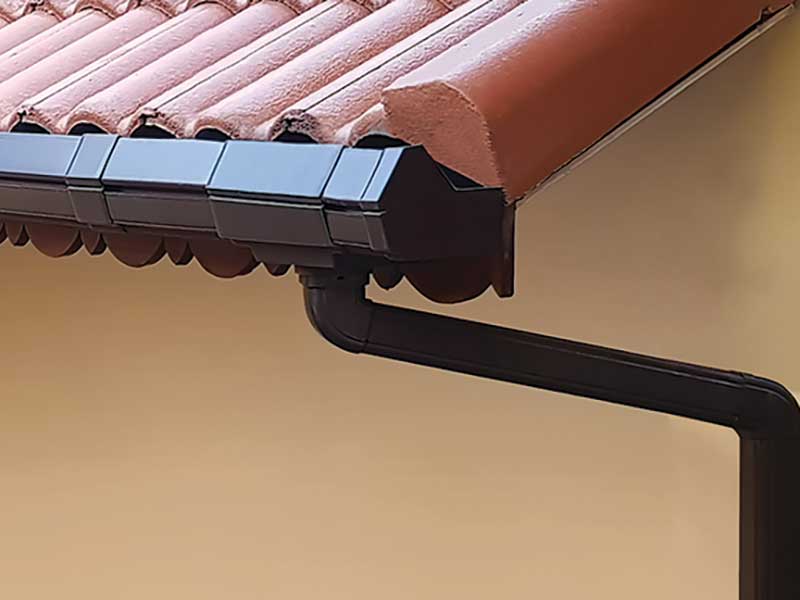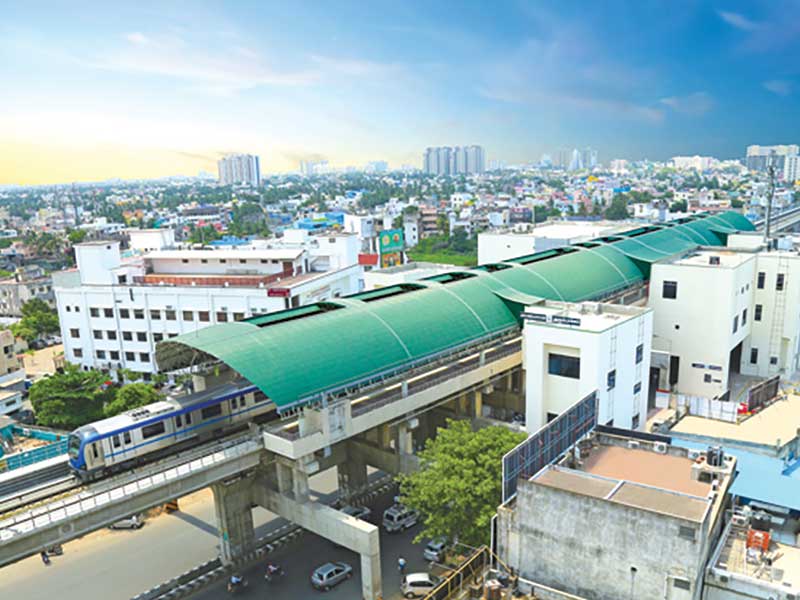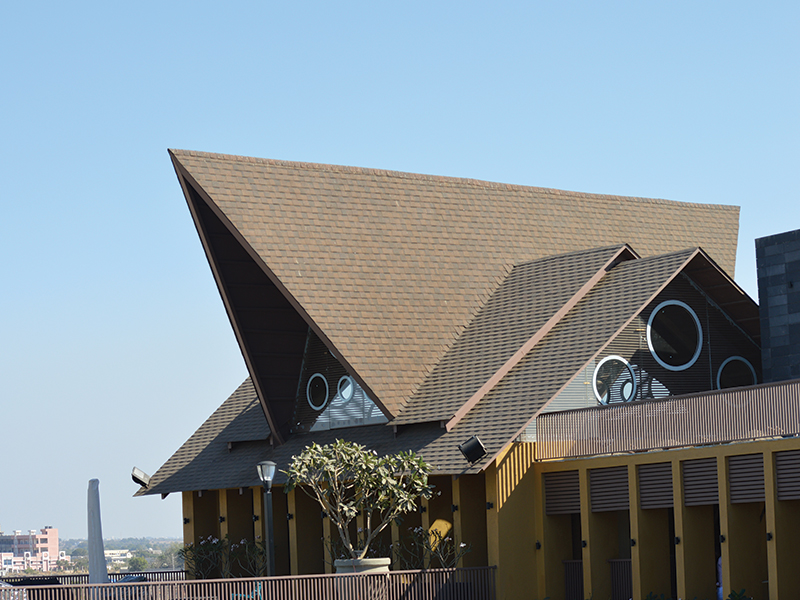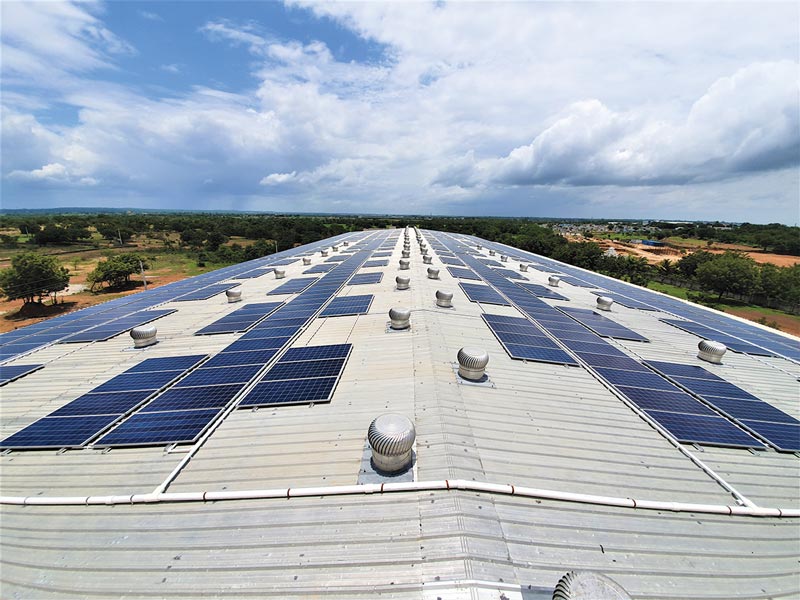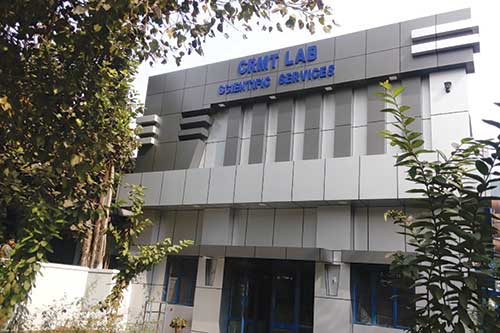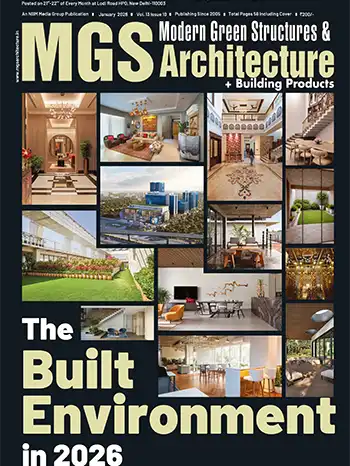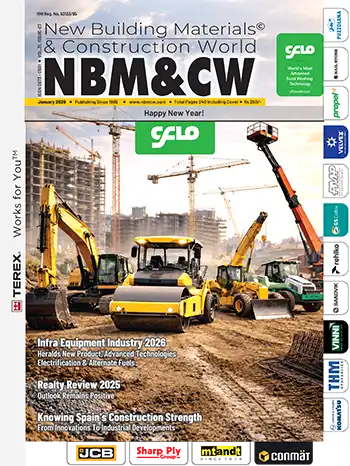The Indian steel grip
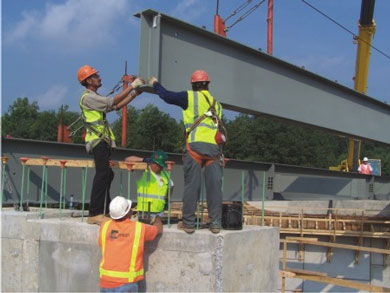
These figures then establish India as having high potential to be major player, though not enough to be a leader. Having said that, it is also true that while the per capita consumption of steel stands at a mere 29 kg as against an estimated 400 kg in developed countries and the world average of 140 kg.
With the consumption of steel seen as indicative of the development of the nation and per capita steel consumption an index of economic development of a nation, these figures emphasize the need for infrastructure development in the country to further economic growth.
Budget 2008-09 for the steel industry
As with any budget the recently presented 2008-09 Budget too drew its share of accolades and brickbats. Interestingly, the Indian steel industry gave an equal measure of both.While the industry seeks support from the Government on several issues, price control is a topic presented for non-interference. A recent statement from the Government has acceded to this requirement. Additionally, the proposed measures to deepen the secondary market for long term debt would encourage ambitious infrastructure projects in power and urban infrastructure that is, sectors that require such long term debt. The proposed national fund for reforms in power transmission and distribution and the enhanced allocations for the National Highway Development program are indicative of the importance being given to infrastructure development. There is also the benefit of reduction on customs duty on steel-melting scrap.
On the other hand, the domestic industry is protesting against the lack of implementation of its recommendations to hike export duty on iron ore, thereby supporting the domestic sector through ensuring the availability of the ore for the domestic sector. With the iron ore resources predicted to get exhausted before 2030 at the current rate of exports, the industry has voiced concerns over the conservation of iron ore resources. The sector has been asking for a reduction in peak excise duty and reduction in duties on project import to positively impact steel and other capital-oriented industries.
Steel in construction
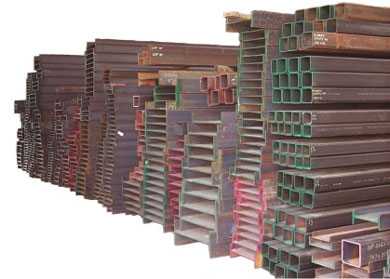
Considering steel in construction is influenced by factors like GDP growth, Government investment in infrastructure, base price of steel and fabrication work, availability of Codes and Standards and the pace of construction. Sensitization to the properties of steel and increased efficiency in its use has become the need of the hour. Designers and contractors rarely use a life cycle cost analysis for deciding on the best option.
Barriers for use
Apart from the cost the misconceptions regarding corrosion, initial cost, low exposure to steel-concrete composites, maintenance costs are some factors inhibiting the inclusion of the material. Rural housing is dominated by locally available materials such as wood and bamboo or cheaper alternatives in the form of asbestos sheets, PVC etc, while urban constructions go for the familiar and time tested reinforced cement concrete (RCC).The non-availability of required sections despite standards listed by the Bureau of Indian Standards has been another contributing factor for low steel consumption.
Advantage of steel
Steel stands out with several advantages it offers.- Speed of construction, more so with a plethora of pre-fabricated and composite products coming into the market is another advantage.
- Steel has its own properties in terms of strength and aesthetics when used in door and windows, beams, pipes, and color coated panels.
- The use of steel is also an environment friendly option as step to conserve forests and timber.
Looking ahead
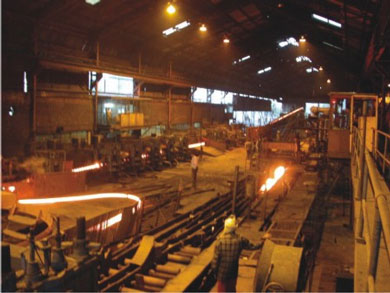
The completion of major infrastructure projects like flyovers, Metro rail, there is a growing confidence in steel as a reliable, cost and time efficient material. Increasing quality standardization and supply guarantees along with sops from the Government are once again projecting steel in construction as a sunrise sector.
Indian Steel production
The Indian steel industry has two broad categories in terms of production- Integrated steel producers (ISP): These are the major names with well developed backward integration and production capacities of over 1 Million Ton. The production methods include both blast furnace/basic oxygen furnace (BF/BOF) and others such as electric arc furnace (EAF), COREX etc.
- BF/BOF production uses iron ore, coal, coke as the base raw material. Steel Authority of India (SAIL), Tata Steel (TISCO) and Rashtriya Ispat Nigam Ltd (RINL) are the followers of this route.
- EAF takes in sponge iron, melting scrap by themselves or in a mix as input. Essar Steel, Ispat Industries use these methods.
- COREX has emerged as the latest in steel manufacture technologies requiring iron ore and coal mixture to make steel. Jindal Vijaynagar Steel Ltd (JVSL) have adopted this technology.
- Other producers: These are the stand-alone businesses involved in production and processing. They are primarily into long products, value added flat steel products including cold rolled steel and galvanized steel.
- Processors/Rerollers: Manufacturers of small proportions of steel from materials available in the market or through a limited backward integration.
- Manufacturers of pig iron and sponge iron.
- Steel ingots producers melting scrap, songe iron and pig iron combinations in EAF or induction arc furnace (IAF) systems.






